Muscle
recovery
is
an
essential
part
of
any
fitness
routine.
Without
proper
recovery,
soreness,
fatigue,
and
even
injuries
can
hinder
progress.
Factors
like
delayed
onset
muscle
soreness
(DOMS),
muscle
fatigue,
and
micro-tears
contribute
to
post-exercise
discomfort.
Effective
recovery
strategies
not
only
improve
performance
but
also
enhance
overall
well-being.
Prioritizing
hydration,
proper
nutrition,
rest,
and
recovery
techniques
can
speed
up
muscle
repair
and
reduce
discomfort.
Hydration
&
Nutrient
Replenishment
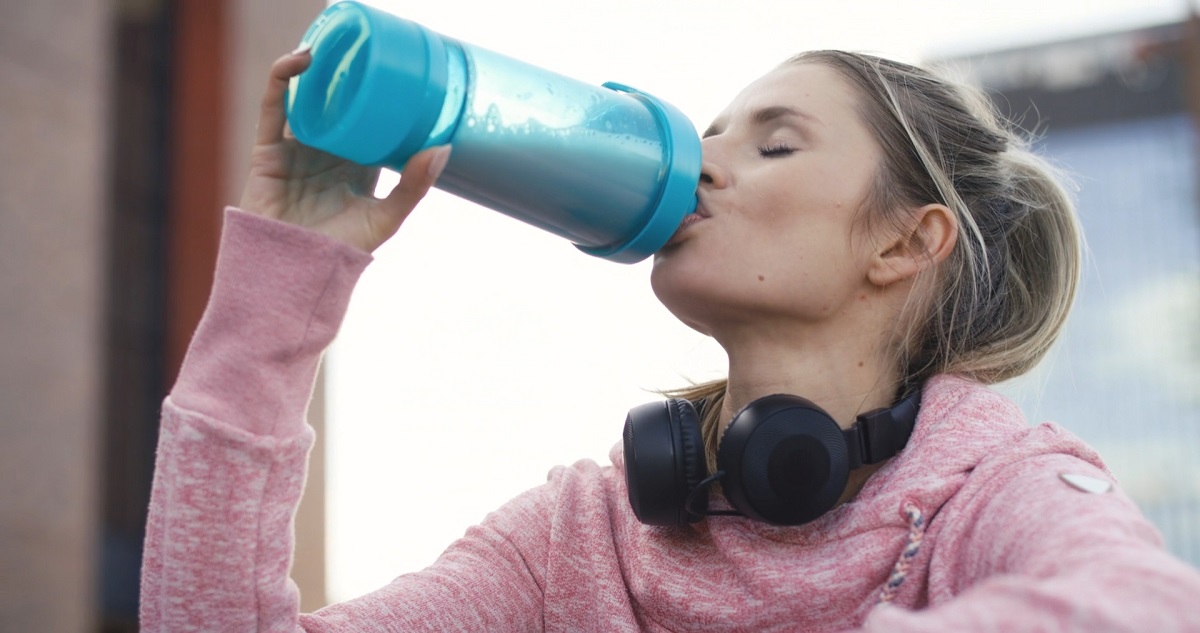
Stay
hydrated
to
prevent
fatigue
and
boost
performance|Image
source:
Artlist.io
Proper
hydration
and
nutrient
intake
play
a
key
role
in
muscle
function,
recovery,
and
overall
performance.
Exercise
leads
to
fluid
loss
through
sweat,
making
it
necessary
to
replenish
both
water
and
essential
nutrients.
-
Water
is
essential
for
muscle
recovery
–
It
helps
transport
nutrients,
flush
out
waste,
and
regulate
body
temperature. -
Sweat
leads
to
fluid
loss
–
Losing
too
much
water
can
result
in
muscle
fatigue,
dizziness,
and
reduced
performance. -
Aim
for
at
least
two
liters
of
water
daily
–
The
amount
may
need
to
increase
based
on
activity
level,
temperature,
and
individual
needs. -
Electrolytes
help
regulate
function
–
Sodium,
potassium,
and
magnesium
play
a
key
role
in
preventing
cramps
and
supporting
nerve
signals. -
Avoid
overhydration
–
Drinking
excessive
water
without
balancing
electrolytes
can
lead
to
imbalances,
causing
fatigue
or
dizziness.
Sources
of
Hydration
The
most
effective
way
to
stay
hydrated.
Sports
drinks
or
coconut
water
can
help
replace
lost
minerals.
Provide
hydration
while
delivering
antioxidants
and
other
health
benefits.
Support
fluid
balance
and
offer
additional
nutrients
beneficial
for
muscle
repair.
Post-Workout
Nutrition
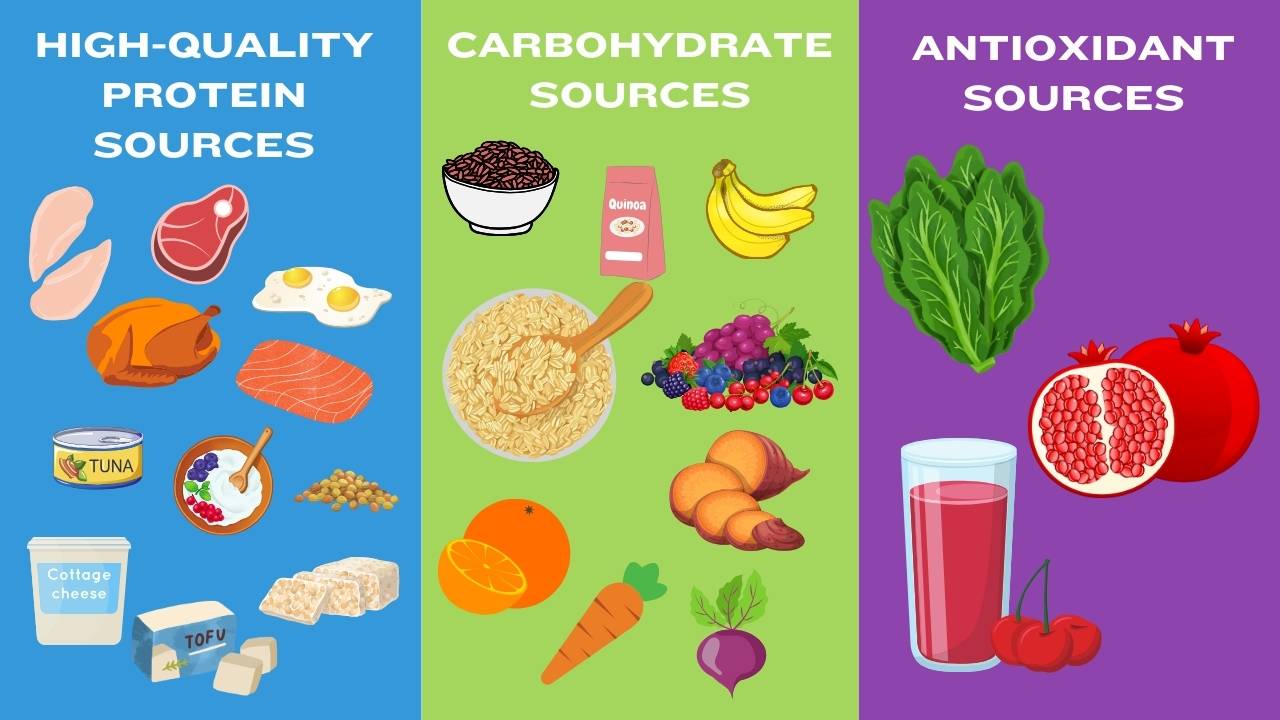
protein,
carbohydrate,
and
antioxidant
food
sources
for
recovery
What
you
consume
after
exercise
determines
how
efficiently
your
muscles
recover
and
rebuild.
Nutrient
timing
and
quality
make
a
significant
impact
on
soreness
reduction
and
performance.
-
Protein
is
essential
for
muscle
repair
–
It
helps
rebuild
fibers
damaged
during
exercise. -
Spread
protein
intake
throughout
the
day
to
optimize
absorption
and
growth.
High-quality
protein
sources
include:
-
Lean
meats
(chicken,
turkey,
beef) - Eggs
-
Fish
(salmon,
tuna,
cod) -
Dairy
products
(Greek
yogurt,
cottage
cheese) -
Plant-based
proteins
(tofu,
tempeh,
lentils)
Glycogen
is
the
body’s
main
energy
source
during
workouts,
and
refueling
after
exercise
ensures
sustained
energy.
Good
carbohydrate
sources:
-
Whole
grains
(brown
rice,
quinoa,
oats) -
Fruits
(bananas,
berries,
oranges) -
Starchy
vegetables
(sweet
potatoes,
carrots,
beets)
They
support
muscle
recovery
and
combat
oxidative
stress
caused
by
intense
workouts.
Best
antioxidant
sources
are:
-
Tart
cherry
juice
–
Known
for
its
anti-inflammatory
properties. -
Pomegranates
–
Packed
with
polyphenols
that
aid
in
muscle
recovery. -
Kale
–
Provides
essential
vitamins
and
antioxidants
that
fight
muscle
fatigue.
Combining
proper
hydration
with
nutrient-dense
foods
enhances
muscle
repair,
reduces
soreness,
and
improves
overall
performance.
Active
Recovery
&
Movement
Engaging
in
low-intensity
movement
helps
muscles
recover
without
adding
stress.
Activities
such
as
walking,
yoga,
and
gentle
stretching
promote
circulation
and
encourage
nutrient
delivery
to
damaged
tissues.
Improved
blood
flow
removes
metabolic
waste,
reducing
stiffness
and
soreness.
A
structured
cooldown
after
workouts
also
prevents
excessive
tightness.
Dynamic
stretching
before
workouts
and
static
stretching
post-exercise
improve
flexibility
and
reduce
recovery
time.
Engaging
in
mobility
exercises
keeps
joints
and
muscles
functioning
optimally,
preventing
stiffness.
Active
recovery
sessions
between
heavy
workout
days
keep
the
body
in
motion
without
overloading
fatigued
muscles.
Foam
Rolling
&
Massage
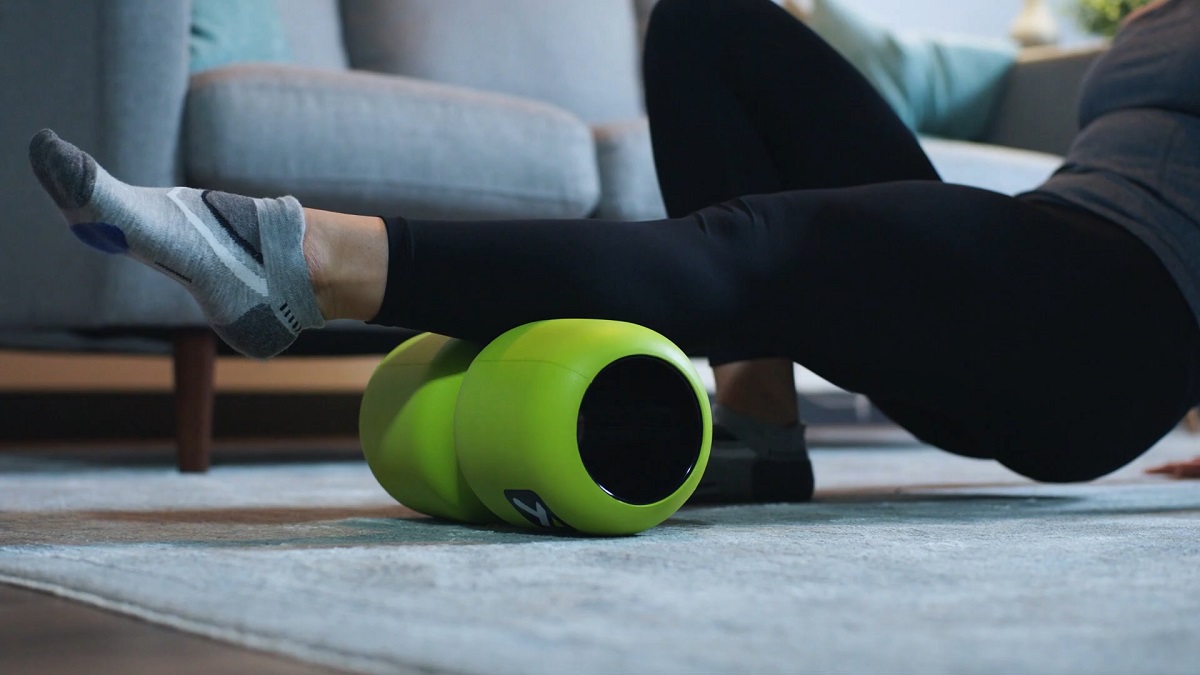
It
helps
reduce
soreness
and
improves
flexibility|YouTube
Screenshot/TriggerPoint
Self-myofascial
release
techniques
like
foam
rolling
alleviate
tension
and
reduce
post-exercise
soreness.
By
applying
pressure
to
tight
areas,
foam
rolling
enhances
circulation
and
speeds
up
recovery.
It
breaks
up
knots
and
adhesions
in
tissue,
allowing
for
better
mobility.
Massage
therapy
takes
muscle
recovery
a
step
further
by
promoting
relaxation
and
reducing
inflammation.
Professional
massages
or
at-home
massage
tools
like
percussive
massagers
stimulate
blood
flow,
helping
to
flush
out
toxins.
Compression
garments
can
further
support
circulation,
minimizing
swelling
and
improving
oxygen
delivery
to
recovering
muscles.
These
methods,
when
used
consistently,
aid
in
faster
recovery
and
improved
flexibility.
The
Ultimate
Recovery
Tool
Muscle
repair
occurs
primarily
during
sleep,
making
it
a
critical
component
of
post-workout
recovery.
During
this
time,
the
body
undergoes
essential
processes
that
restore
fibers,
replenish
energy
stores,
and
regulate
hormones.
Proper
sleep
enhances
overall
performance,
reduces
fatigue,
and
helps
prevent
injuries.
-
Sleep
triggers
the
release
of
growth
hormones,
which
play
a
key
role
in
repairing
micro-tears
in
muscle
fibers
and
promoting
overall
growth. -
Sufficient
sleep
minimizes
inflammation,
helping
the
body
recover
faster
and
reducing
post-workout
soreness. -
Chronic
sleep
deprivation
weakens
the
immune
system,
making
the
body
more
susceptible
to
illness
and
slower
recovery. -
Lack
of
sleep
negatively
impacts
coordination,
decision-making,
and
reaction
time,
increasing
the
likelihood
of
workout-related
injuries.
Optimizing
Sleep
for
Recovery
Going
to
bed
and
waking
up
at
the
same
time
every
day
supports
the
body’s
natural
circadian
rhythm,
leading
to
improved
sleep
quality.
Blue
light
from
electronic
devices
suppresses
melatonin
production,
making
it
harder
to
fall
asleep.
Reducing
screen
time
at
least
an
hour
before
bed
can
improve
restfulness.
Keeping
the
bedroom
dark,
cool,
and
quiet
enhances
sleep
quality.
Blackout
curtains,
white
noise
machines,
and
a
comfortable
mattress
can
contribute
to
better
rest.
Short
naps
(10-30
minutes)
can
provide
an
energy
boost
without
interfering
with
nighttime
sleep.
Longer
naps
may
be
beneficial
on
particularly
demanding
training
days.
Stress
Management
&
Relaxation
Techniques
Mental
stress
has
a
direct
impact
on
physical
recovery.
High
levels
of
stress
increase
cortisol
production,
which
can
slow
down
muscle
repair
and
make
the
body
more
prone
to
fatigue.
Reducing
stress
helps
the
body
recover
more
efficiently
and
improves
overall
well-being.
-
Cortisol
regulation
–
Chronic
stress
raises
cortisol
levels,
which
can
interfere
with
protein
synthesis
and
muscle
growth.
Managing
stress
keeps
cortisol
levels
balanced,
allowing
for
better
recovery. -
Improved
sleep
quality
–
Relaxation
techniques
reduce
mental
tension,
making
it
easier
to
fall
asleep
and
stay
asleep
throughout
the
night. -
Lower
inflammation
levels
–
Stress
contributes
to
systemic
inflammation,
which
can
prolong
muscle
soreness
and
stiffness.
Implementing
stress-reducing
activities
can
counteract
this
effect.
Effective
Relaxation
Techniques
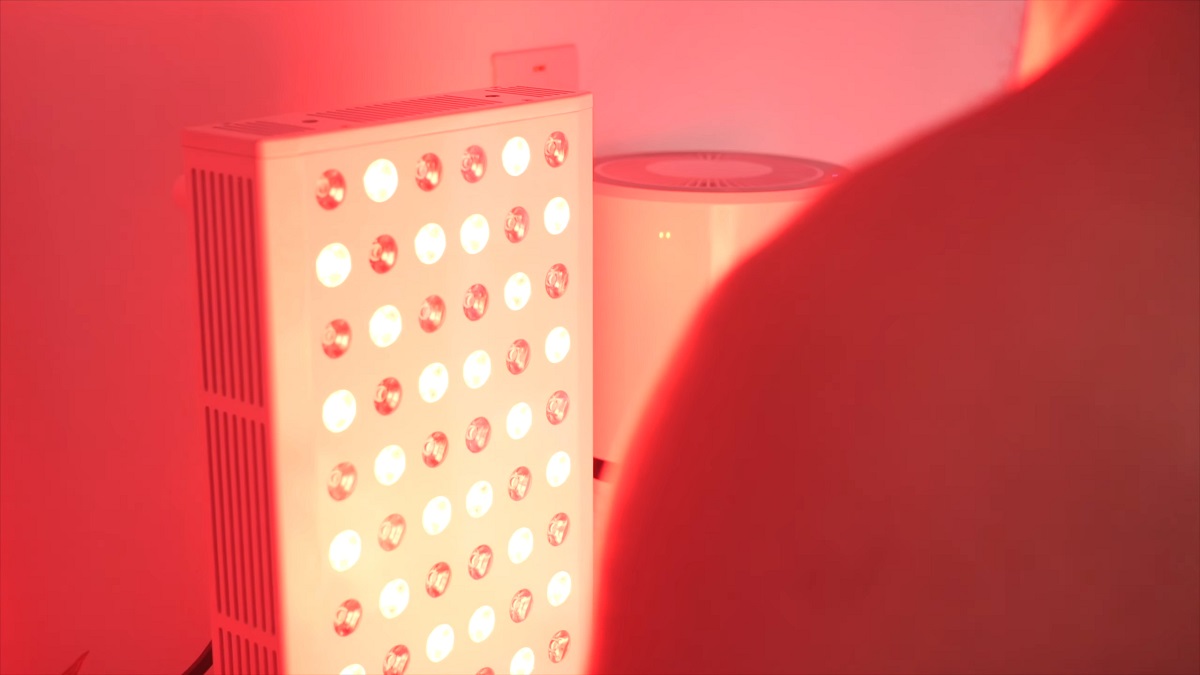
Relaxation
reduces
inflammation
and
improves
sleep|YouTube
Screenshot/Barefoot
Strength
Practicing
meditation
or
guided
mindfulness
exercises
can
lower
stress
hormones
and
promote
relaxation.
Even
five
to
ten
minutes
of
mindful
breathing
can
help
regulate
the
nervous
system.
Deep
breathing
techniques,
such
as
diaphragmatic
breathing
or
box
breathing,
activate
the
parasympathetic
nervous
system,
encouraging
muscle
relaxation.
Tensing
and
relaxing
different
muscle
groups
in
a
systematic
way
can
reduce
tension
and
promote
a
sense
of
calm.
Some
individuals
use
CBD
oil
to
help
alleviate
muscle
soreness
and
support
relaxation.
It
may
have
anti-inflammatory
properties
that
contribute
to
overall
recovery.
Red
light
therapy
method
has
been
studied
for
its
potential
to
reduce
inflammation
and
support
tissue
repair.
It
works
by
stimulating
cellular
activity,
which
may
accelerate
healing
and
improve
muscle
function.
Cold
&
Heat
Therapy
for
Recovery
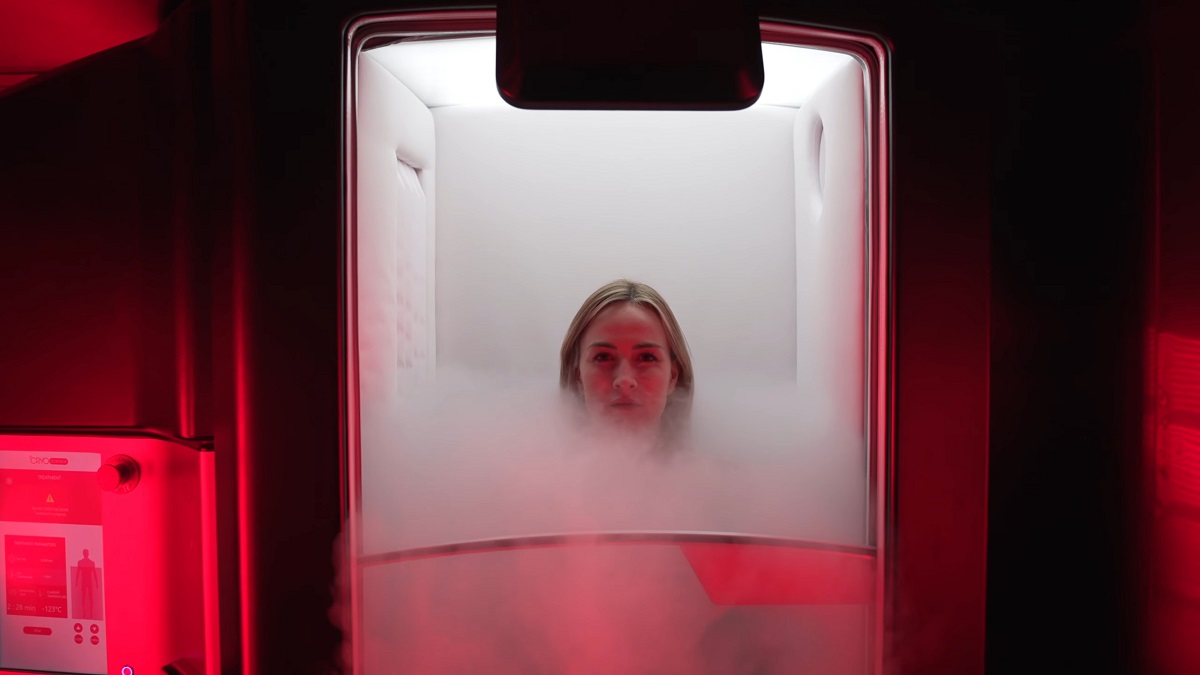
Cold
therapy
reduces
inflammation,
while
heat
relaxes
muscles|YouTube
Screenshot/HUM2N
Cold
exposure
helps
minimize
post-exercise
inflammation
and
soreness.
Ice
baths
and
cryotherapy
constrict
blood
vessels,
reducing
swelling
and
preventing
excessive
muscle
damage.
Contrast
showers,
alternating
between
hot
and
cold
water,
stimulate
circulation
and
promote
faster
recovery.
Elite
athletes
frequently
use
cold
therapy
to
recover
from
high-intensity
training.
While
ice
baths
can
feel
uncomfortable,
they
significantly
reduce
pain
and
stiffness.
Short
sessions
of
10-15
minutes
post-workout
can
improve
overall
recovery
speed.
Heat
Therapy
(Heating
Pads,
Hot
Showers,
Saunas)

Heat
therapy
improves
circulation
and
relieves
muscle
stiffness|YouTube
Screenshot/Pick
Adviser
Heat
therapy
relaxes
muscles,
increases
blood
flow,
and
relieves
tension.
Heating
pads,
hot
showers,
and
saunas
open
up
blood
vessels,
allowing
oxygen
and
nutrients
to
reach
recovering
muscles.
This
method
is
particularly
useful
for
alleviating
chronic
muscle
stiffness
or
tightness.
Applying
heat
therapy
post-workout
or
before
stretching
sessions
can
enhance
flexibility
and
reduce
discomfort.
Saunas
have
also
been
linked
to
improved
circulation
and
reduced
stress,
both
of
which
contribute
to
better
overall
recovery.
Supplements
&
Recovery
Aids

Adding
supplements
can
optimize
your
recovery
process|YouTube
Screenshot/Myprotein
Protein
supplements
help
meet
daily
protein
requirements,
especially
for
individuals
with
demanding
training
schedules.
Consuming
protein
shakes
within
60-90
minutes
post-workout
optimizes
muscle
repair
and
replenishes
amino
acid
levels.
Branched-chain
amino
acids
(BCAAs)
are
particularly
useful
for
reducing
muscle
breakdown.
They
aid
in
recovery
by
providing
essential
nutrients
that
the
body
cannot
produce
on
its
own.
Supplementing
with
BCAAs
can
decrease
soreness
and
enhance
muscle
endurance.
CBD
Oil
&
Anti-Inflammatory
Aids
CBD
oil
has
been
recognized
for
its
potential
to
reduce
muscle
pain
and
inflammation.
Many
athletes
incorporate
it
into
their
recovery
routines
to
manage
soreness.
Magnesium
supplements
also
support
muscle
relaxation,
preventing
cramps
and
stiffness.
Ensuring
adequate
intake
of
anti-inflammatory
nutrients
such
as
omega-3
fatty
acids,
turmeric,
and
ginger
can
further
support
recovery
efforts.
Recovery-Focused
Training
Strategies
Overtraining
can
lead
to
muscle
fatigue,
prolonged
soreness,
and
increased
injury
risk.
Gradually
increasing
workout
intensity
allows
the
body
to
adapt
while
minimizing
excessive
strain.
Paying
attention
to
signals
like
persistent
soreness
or
joint
discomfort
helps
prevent
overuse
injuries.
Listening
to
the
body
and
adjusting
training
intensity
accordingly
ensures
sustainable
progress.
A
well-balanced
workout
plan
includes
variation
and
periods
of
reduced
intensity
to
support
muscle
recovery.
Prioritize
Rest
Days
&
Active
Recovery
Rest
days
play
a
significant
role
in
overall
performance.
Taking
one
full
rest
day
every
7-10
days
allows
muscles
to
repair
fully.
Alternating
between
high
and
low-intensity
workouts
prevents
excessive
strain
on
the
same
muscle
groups.
On
rest
days,
engaging
in
light
activities
like
swimming
or
cycling
can
improve
circulation
without
placing
additional
stress
on
the
muscles.
Strategically
planning
recovery
days
leads
to
better
long-term
fitness
results.
The
Bottom
Line
Muscle
recovery
is
just
as
important
as
training.
Hydration,
proper
nutrition,
active
recovery,
sleep,
and
strategic
rest
days
all
contribute
to
faster
muscle
repair.
Implementing
these
recovery
hacks
can
minimize
soreness,
enhance
performance,
and
prevent
injuries.
Prioritizing
smart
recovery
ensures
long-term
progress
and
overall
well-being.